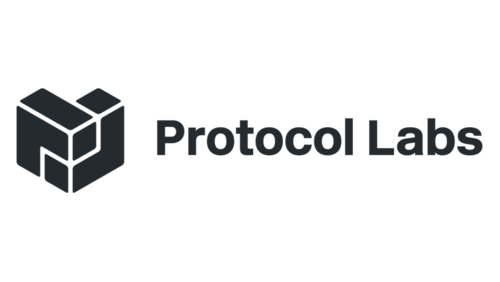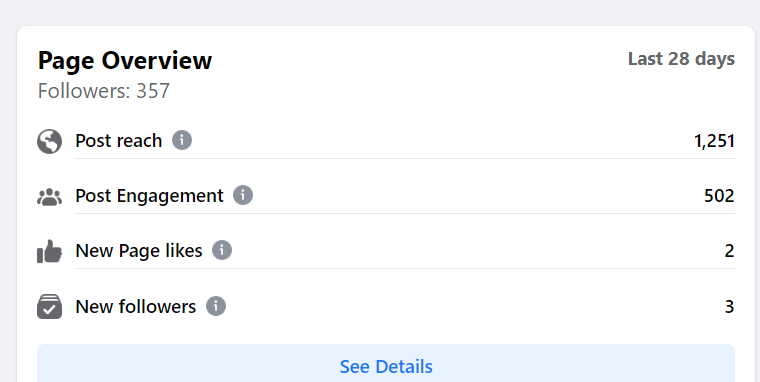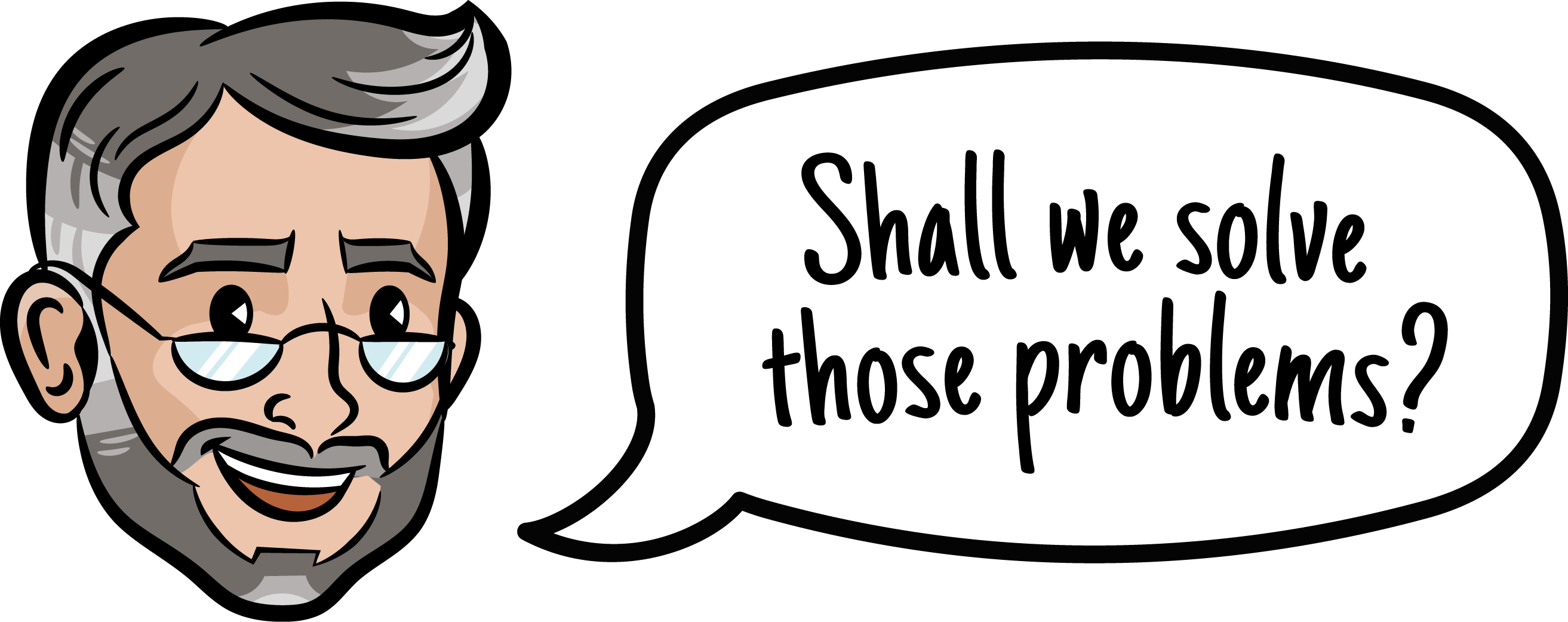

For many of our casual readers, business social media can be challenging…more of a cost center than a revenue driver.
A common complaint is that labor directed to content creation and posting is certainly being allocated either via internal marketing team hours or sometimes marketing agencies, but no customers can be attributed to those efforts.
In essence, “doing social” is checking a box. Firms feel obligated to portray their seriousness, modernness, etc. by paying for social media presence without getting a reasonable ROI (and sometimes no ROI).
When businesses come to us to help solve sales funnel issues related to social media, we’re helping them get out of a “checking the box” mode and helping them understand how to drive business value in the appropriate social media channels.
To that end, we reached out to one of our clients with a wealth of social media experience to get his perspective on how to spot this issue in your own firm or firms you’re considering for investment. Enjoy!
Wes Finley is Head of Community Growth for Protocol Labs, the Web3 research and development company responsible for Filecoin. Wes has 20 years of experience building owned, earned, and paid online presences to drive business results. Previously, Wes worked in marketing for Facebook, Coca-Cola, and CNN.
Wes, you and I catch up frequently about emerging opportunities within social media platforms.
At Sales Funnel Professor, we’ve found a frequent pain point that our clients want us to solve ASAP is that they are working with agencies that are charging quite a lot to “do social” but can’t see any strategy or positive impact to revenue.
You’ve had first-hand experience bringing Facebook’s connected suite of services to firms globally, and now you are Head of Growth for Protocol Labs, where social is one of your growth-driving channels. Thanks for sitting down with us to talk about social media best practices.
And now for the good stuff...
Q: All social media platforms have a profile representing the business. When you look at a business’s social profile on Facebook or Instagram, for example, what you can spot without admin/metrics access that makes you think it’s a well-managed profile?
A: The first thing I check is the cadence of messaging. A challenge of working with social agencies is often that contracts get in the way of good social decisions.
For instance, a social agency may be contracted to deliver 5-7 posts per week so they schedule one post at 8 am each day. Evergreen content like this has its place in a content calendar, but it should be supplemented with relevant and timely posts that take advantage of online trends or breaking news. It can be difficult for contracts to represent this ad hoc need. I’ve found internal staffing is usually better for urgent and timely messaging.
I also look at the account’s follower size and the amount of engagement each post receives. While follower counts are mostly a vanity metric, they do provide credibility for your brand. It is easier to grow when you look bigger and more important than an account with 200 followers.
The engagement numbers are also important because they show that people value the content you create. Both follower count and engagement can be boosted with paid media, and I would recommend a small-scale (could be as small as $50/post) paid strategy that promotes all your best content. You don’t want to pay someone $500-$5,000 to create a post that gets 200 impressions. Add a $50 promotion and you can 100x the visibility of the post.
Q: For the business profile itself, what would you say are the top 3-5 key performance indicators?
A: Inbound messaging is an important metric that shows interest and awareness of your brand. You can improve inbound, but be sure to staff a solid system of moderation and conversation support. At Protocol Labs, we have many social channels, so we use Sprout Social to ingest all those inbound tags and conversations. We then have moderation teams that respond, escalate, or tag each post in a timely manner.
Many people tend to look at engagement rate %, but I prefer overall engagement numbers. The engagement rate will fall as followers grow and impressions increase. Posting more frequently can sometimes also decrease the engagement rate per post. However, frequent posting and community growth should both deliver more overall engagements.

Professor’s Sidenote: Follower-to-following ratios and follower-to-post ratios can sometimes indicate a profile’s posting is not resonating. Brands especially don’t tend to follow many other profiles and should have significantly more followers than they follow on Instagram.
An unhealthy ratio:

Social OKRs should also include other marketing channels, so I would also focus on traffic driven to web landing pages or newsletter subscriptions as key success metrics for a business’s social management.
Q: Do you typically examine those within the platform itself or through a 3rd-party tool?
A: When you are looking at a single social account it makes sense to use the native analytics. However, businesses often have dozens of social accounts based on multiple brands, products, and social channels. To evaluate performance across all these accounts tools become necessary. I’ve used everything from Sprinklr, Sprout Social, Hootsuite, Expion, Brandwatch, Later, Loom, Mention, Syncapse, Sysomos, and probably a few others I’ve forgotten. The cost of these services varies widely, but none of them solves all your issues. Find the tool that meets most of your requirements and expect that you will also have a system for exceptions that must be managed manually.
Q: What are some common mistakes or misconceptions that you see from “rookie” social media managers?
A: It is important to have a clear brand voice with documented messaging guidelines. Small brands will often rely on a community manager to embody this voice – and sometimes that strategy works really well. But all community managers need holidays and career progression. Without documented messaging guidelines it can be difficult for anyone else to take over or for messaging to scale to 24/7 conversations.
Another rookie mistake I see frequently is adhering too closely to best practices. While there may be a best time to post for your audience, it doesn’t mean that every post should go out at that time. And you certainly shouldn’t postpone something that would be timely and relevant simply because you want to hit an arbitrary daily cadence or time to post.
Think of how you use social media and ask “would this post be something I would appreciate?’ If so, then you should likely make the post even if it doesn’t fit all the best practices.
Q: For a particular social profile, there’s a sort of development timeline with two stages: “pre-critical mass” and “post-critical mass.” How do you define critical mass?
A: Starting a social account is always challenging because your content will get very little visibility at first. Because of this, I wouldn’t spend too much time or money creating content like videos for early social channels unless you plan to also promote them with paid support.
Early lifecycle social channels should focus on posting frequently and joining conversations. This activity could mean replying to viral threads related to your business, jumping on trends or memes that are getting attention, or working with influencers to partner on content.
Once your channel gets enough visibility from its own followers you can consider that it has reached critical mass. Now you can invest more into content because you know it will get decent visibility from your followers. You can also now treat partnerships as more of an even exchange rather than paying influencers.
Q: Posting is critical to social success. How would you define a successful post?
A: All of the posts you make build the success of your channel. While some may get more engagement and shares, that doesn’t necessarily mean the other posts are bad.

Professor’s Sidenote: Here’s a snapshot of a Facebook page’s analytics. Tracking these data points with a monthly trendline is wise.

Typically transactional posts, when you ask the audience to do something, like visit a website, or sign up for an event, will not get high levels of engagement, but they are critical for businesses to succeed. A balance of transactional posts that deliver business results and community messaging (humor, sharing community content, announcements) that supports the channel make for a successful publishing strategy.
Q: What are the various post types?
A: At the most basic level posts are typically evaluated based on text-only, photo, and video content. But there are many other elements, like stories, TikTok/reels, polls, etc.
Often when I create content I try to think about where this content will best perform, and then also include any secondary formats it could also work. Like a long-form thought leadership video posted to YouTube, while a more quotable version of the video creates a social post or TikTok short.
Q: Is there a “mix” of post types expressed in percentages or frequencies that you feel works well for B2C brands? What about B2B?
A: Each brand probably needs to find the percentage that works best for its audience. But I would stress that mixture is important. I have seen some teams look at performance and say “Videos get the most engagement, so we need to only post videos. Get our agency to create 7 videos a week!”
This singular type of messaging will seem unnatural to your audience. Aim to post like your community would.
Q: You mentioned above that follower growth is an important KPI. Given a percentage of those followers need to be converted into buyers, what tactics do you recommend deploying within the social platform?
A: Followers can be a good audience to target with paid media promotions because they are already aware of your brand. You can get right to the value prop in your messaging targeted to followers. You can also target them with specialized promotions and discounts that increase the feel of being part of an exclusive community.
Often the social funnel goes something like Brand Awareness > Follower > Engager > Subscriber (newsletters, events, etc) > Buyer > and Advocate. Each stage in this funnel may take several touchpoints, so you need to consider always keeping the top of the funnel full while also speaking to people at other stages on the buyer’s journey.
Q: Some brands can monetize their social media profiles within the platform itself (versus having the user visit a website). What types of brands should consider that option?

A: I don’t have a ton of e-comm sales funnel audit experience, but they seem to have the most success with direct sales in social channels. If you are going this route, just make sure you explore product feeds that will mirror everything about all your products across social channels. You don’t want to sell out of an item and still have it appear on your messaging. Product feeds can dynamically update availability, price, and dozens of other variables.
Q: For brands that mostly convert leads into customers via a website, how do you analyze that hand-off or multi-environment customer journey?
A: Make sure that your website is tagged (I manage all my tags in Google Tag Manager) with each social channel’s pixel and events are specified. You can even measure the ROI from repeat customers generated by social if you have correctly set up events to apply value to leads or purchasers.
iOS 14 has removed the effectiveness of some pixel tagging, so check to see if your CRM tool has a direct connection to FB, LI, or Twitter. This is a complex process, so you may need help to set up measurement that goes beyond pixel tracking.

Professor’s Sidenote: Google Analytics (free) is also a great place to track how much traffic is coming to a website from social media.

Q: Many social media platforms make their revenue predominantly via advertising. What are some of the outcomes paid social can accomplish?
A: Paying even a small amount will vastly increase the visibility of your messaging. A brand with 1000 followers may get more impressions than a brand with 5M followers if they apply a paid budget.
However, paid messaging is often different than organic posts. You probably wouldn’t want to promote a meme, but you would want to promote a coupon code.
Use paid whenever you need to get a lot more visibility on a message, or when you have a message that is specific to a single audience. For example, you could highlight your company’s latest partnership with Coca-Cola and use LinkedIn paid messaging to promote that message to everyone who works at Coca-Cola, or competitors like Pepsi.
Q: If a brand is looking to get website sign-ups, they might consider using social media ads that bypass their social media profile entirely and point to the website. How would you differentiate what can be accomplished using social ads this way versus say search-term-driven Google ads?
A: I think it is normal not to have a fully active social channel if your company can’t afford the resources to manage it. But I wouldn’t advise only using media and not investing in things like moderation and conversation management.
Often brands that do use media and ignore or turn off comments are trying to avoid community interaction because the community has a negative view of the brand. Apple is the rare exception to this, but not everyone can be Apple.
A big thank you to Wes Finley. Stop by next month when we’ll get his thoughts on chaos in social media land, starring Elon, Zuck, and more.
For Further Reading: How to Use Hubspot for Startups | What Is This “RevOps” I Keep Hearing About with Mat 0’Connor? | How Certain WordPress Agencies Turn a Content Management System into a Black Box and What to Do About It | How a Broken Sales Funnel Gets Misdiagnosed…A Real World Example | How Does 3D Proofreading Help Startups?


